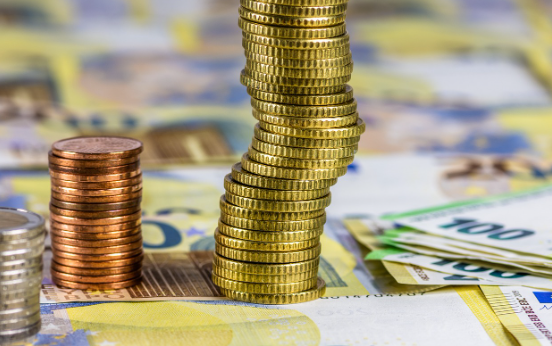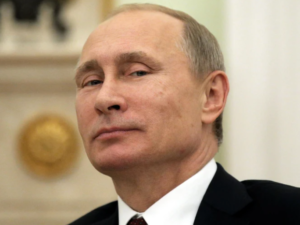UkrainePeace Summits OlafScholz RussiaUkraineConflict Diplomacy NATO ceasefire VolodymyrZelensky VladimirPutin
In a bid to accelerate the peace process in Ukraine, German Chancellor Olaf Scholz has called for a faster pace of diplomatic efforts. This push comes amidst ongoing conflict and a growing international desire for resolution. Scholz and Ukrainian President Volodymyr Zelensky have aligned on the critical point that Russia should attend any future peace summits. “I believe that now is the time to discuss how to arrive at peace from this state of war, indeed at a faster pace,” Scholz stated. His comments mark a notable shift in the stance of NATO leaders, balancing calls for continued support of Ukraine with a pragmatic approach to ending the conflict.
The call for renewed peace talks underscores the complexities and evolving dynamics between key stakeholders. Previously, in June, a peace summit organized by Ukraine in Switzerland did not invite Russia, consequently achieving little progress toward a ceasefire. This stance seems to be changing, with Zelensky now expressing the necessity of having Russia present at future summits. This suggests a significant departure from his earlier position which demanded a complete Russian withdrawal from Ukrainian territories as a precondition for talks. The shift indicates a possible opening for more inclusive and productive dialogue, albeit one fraught with skepticism from various quarters.
Despite these calls for diplomacy, the situation remains tenuous. Following Ukraine’s offensive in Russia’s Kursk oblast, Russian officials dismissed the prospect of peace talks, hinting that Zelensky’s earlier comments about inviting Russia were merely a strategic bluff. However, more recently, Russian President Vladimir Putin has shown signs of softening his stance, indicating that Moscow “never refused” to negotiate. This subtle shift might open up new avenues for dialogue, although no concrete plans for a peace summit involving both Russian and Ukrainian officials have been laid out. Complicating matters further, the United States isn’t expected to back peace initiatives, at least not before its November elections, which adds an additional layer of geopolitical complexity to the situation.
Looking back, the most substantial opportunity for a peace deal arose in March and April 2022. At that time, both sides appeared closer to reaching an agreement before the United States and NATO discouraged Ukraine from signing, promising continued support against Russian aggression instead. This history of stalled attempts at negotiation underscores the difficulty of achieving a lasting peace. Nonetheless, Scholz’s call for a faster pace towards peace highlights an ongoing international pursuit to resolve one of Europe’s most enduring conflicts. The next steps will require careful navigation of diplomatic channels, unwavering commitment to dialogue, and perhaps a recalibration of entrenched geopolitical stances to achieve a sustainable resolution.







Comments are closed.